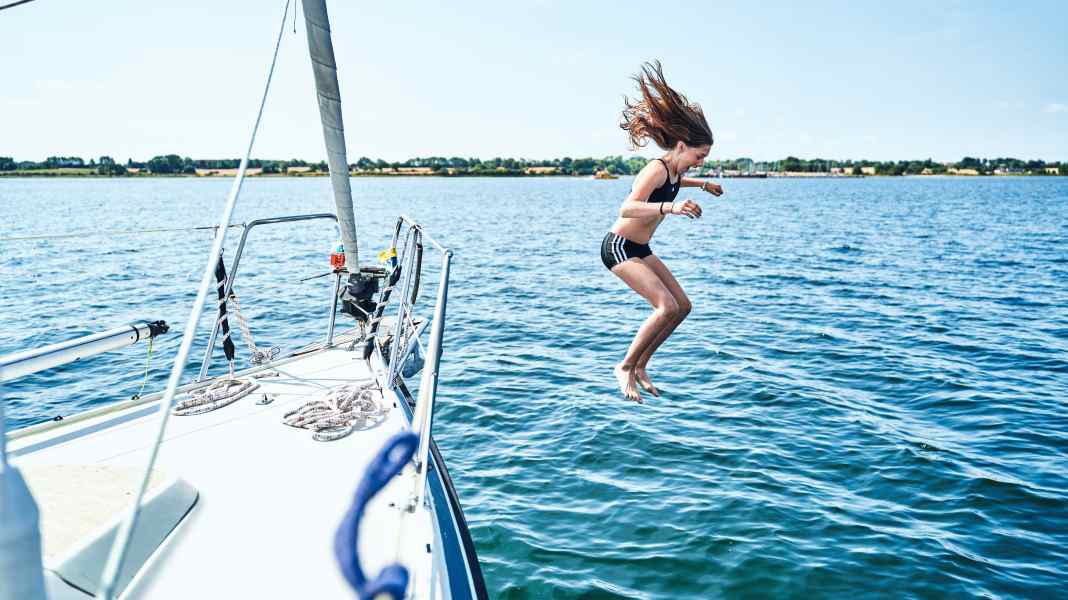Baltic Sea: Recognising symptoms and treating wounds correctly after deaths from vibrios
Andreas Erbe
· 22.08.2024

The newspaper with the four big letters writes luridly about "killer germs" in the Baltic Sea, but serious media are also currently reporting deaths in connection with vibrio infections. According to NDR, an 81-year-old man who had become infected with the bacteria while swimming in the Baltic Sea in Mecklenburg-Western Pomerania died, as did a 59-year-old man whose blood was found to contain vibrios following septicaemia. There were also several deaths in 2023.
Symptoms of a vibrio infection
However, healthy people with an intact immune system do not need to worry if they want to go swimming. However, it is also true that vibrios have been increasingly detected in the Baltic Sea and in Dutch waters such as the Grevelingenmeer in recent years. There are several reasons for this: Firstly, the bacteria multiply particularly well at water temperatures above 20 degrees, and secondly, they like salty, but not too salty, water. Both can be found in the areas mentioned. The water temperature in the Baltic Sea in particular has risen continuously in recent years, meaning that the vibrios feel increasingly at home in the north and not just in tropical and Mediterranean waters.
Nevertheless, panic is not appropriate. In healthy people, a vibrio infection can be easily controlled if detected early. The bacteria enter the body through open areas such as cuts, scratches or abrasions. One noticeable symptom is unusually severe pain, even in small wounds. In such cases, a doctor should be consulted quickly. In most cases, the infection can be quickly brought under control with antibiotics.
Prevent infections
It is particularly important to treat minor wounds properly and keep an eye on them. This means that scratches, small cuts or abrasions should be cleaned, disinfected and covered with a plaster. The injured area should then be checked regularly. If the wound is healing normally, the pain, surrounding redness and swelling should subside. It should also be dry after a few days at the latest. If this is not the case, you should consult a doctor to avoid complications.
More on first aid for major and minor injuries: Injuries on board - what to do in an emergency
